Simple Machines (Part-1): Inclined Plane & Lever - Types, Uses, and Examples
Mechanical aptitude for the design exams is a critical skill that tests a candidate’s understanding of basic mechanical concepts, their ability to visualize mechanical processes, and their problem-solving skills related to mechanical principles. This ability is especially crucial for design aptitude tests since unlike previous aptitude tests which were used for the cognitive ability test. Design aptitude test like the NID and UCEED exams requires one to understand various mechanical systems before coming up with innovative and useful designs.
This Story also Contains
- Introduction
- 1. Inclined Plane
- 2. Levers
- Sample Questions

In this article, we will look at different types of simple machines which are as follows: These basic gadgets alter a force’s direction or magnitude to make tasks easier for a force to accomplish with less force or effort.
There are six categories of simple machines:
Inclined Plane
Lever
Wedge
Pulley
Wheel and Axle
Screw
Introduction
The questions related to the subject are asked, keeping elementary science related to daily life objects. Through this article, we will gradually revive all the concepts. In this article, we shall examine the above-mentioned primary machines. Recognizing the uses of these devices in more sophisticated machinery and daily life will be made more accessible with an understanding of how they operate.
1. Inclined Plane
An inclined plane is a level surface angled relative to another level surface. It is often referred to as a ramp. An inclined plane's primary function is to increase the force applied over a greater distance, requiring less force to lift an object. Moving large objects to a higher or lower elevation is made more achievable by harvesting the Mechanical Advantage.
Uses of Inclined Planes
- Making it easier to lift heavy objects with less force.
- Used in construction to transport materials.
- Helps in rolling objects up and down with ease.
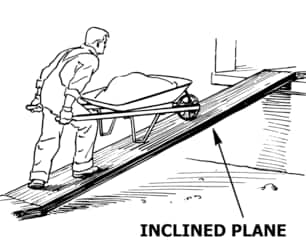
1a. Working Principle
Working against gravity happens when you push something up an inclined plane. But you move the thing along the aircraft, not up the vertical shaft. As a result, less force is required to raise the object because the effort is distributed over a greater distance.
One of the best examples is flyover bridges, where, while ascending, we feel a pullback, but on the descending side, we feel an assistive momentum.
The ratio of an inclined plane's length to its vertical height (rise) is called its Mechanical advantage.
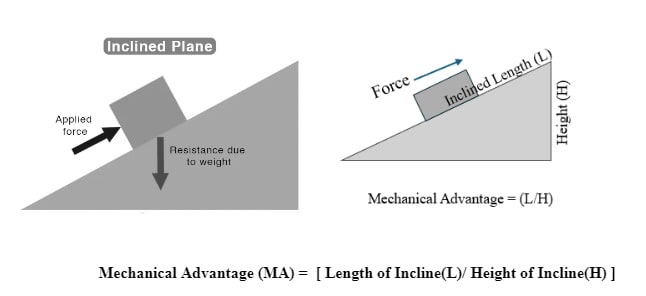
Formula for Mechanical Advantage (MA):
MA = Length of Inclined Plane/Height of Inclined Plane
A longer inclined plane provides a higher mechanical advantage, making lifting objects easier.
1b . Applications
There are several common uses for inclined planes:
Ramps: Frequently utilized for wheelchair access, loading docks, and furniture relocation.
Slides: Slanted planes are frequently used as playground slides, enabling kids to go swiftly from a higher elevation to a lower one.
1c. Advantages
Reduced Effort: To move one object to far distances requires lesser force using inclined planes.
Usability: Operation, assembly, and working are very simple in wedges.
Versatility: The application of wedges is versatile, with the flexibility to adjust the length and angle for specific needs.
Also check:
These are some of the topics that are generally also asked in DAT exams. Students can go through for their design entrance exam preparations.
2. Levers
A lever is one of the most crucial and simple machines, which utilizes the fulcrum point to amplify the input force to provide a greater output force. Lever is used to move or raise objects with minimal effort. Three types of levers are distinguished based on the fulcrum's load, effort, and relative positions.
Archimedes Lever Illustration
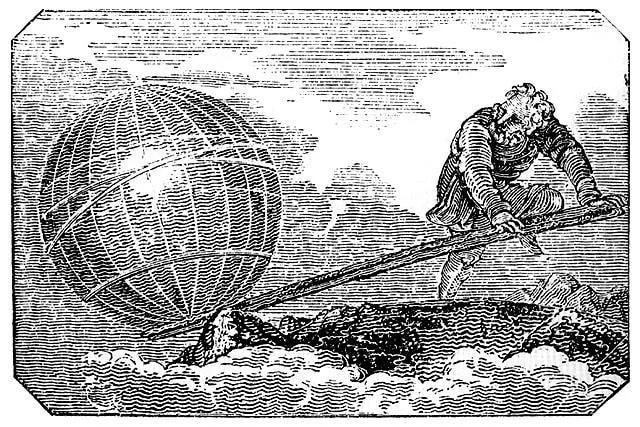
2a. Working Principle
An input force must be changed into an output force for the lever to function. The ratio of the distances from the lever's fulcrum to the point of effort application and from the fulcrum to the end of load application indicates the lever's mechanical advantage.
*A lever Provides no mechanical advantage unless the position of the Fulcrum point is adjusted more towards the Load.
The fulcrum point should be shifted near the load to lift a heavier weight than the force required to get a mechanical advantage.
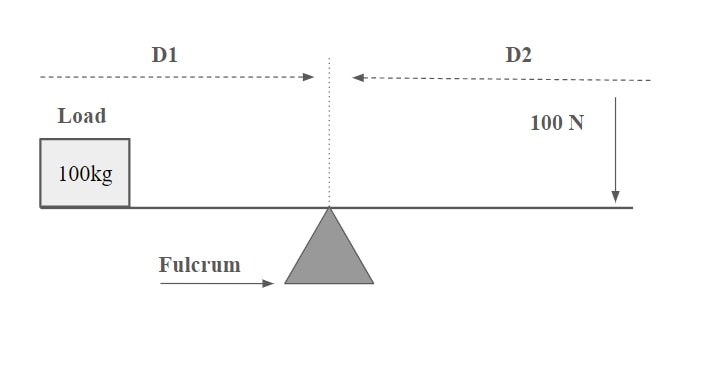
W X D1 = F X D2
W = Weight
F = Force Needed
D1 = Distance from Fulcrum point to Weight
D2 =Distance between Fulcrum point to Force applied
2b. Applications
Crowbars: It is a tool used for lifting and intruding bulky items.
Seesaws: It is a playground tool that is used to illustrate the operation of levers.
Scissors: Scissors are used to cut materials, use two superior levers in tandem.
Wheelbarrows: These are used to move and carry big loads with minimal effort by using inferior levers.
2c. Advantages
Multiplication in Force This simple machine is very useful in lifting heavier loads.
Versatility: It can be manipulated to fit the particular requirements by shifting the fulcrum points as per the output required.
Simplicity: It is simple to construct.
Mechanical Advantage:
The ratio of the distances from the lever's fulcrum to the point where effort is applied, compared to the distance from the fulcrum to the point where the load is applied. This ratio demonstrates the lever's advantage in amplifying force.
Different Types of Levers
On the basis of the application of Load and Effort, Levers are classified into three classes, all with a different Mechanical Advantage. The classification is as follows:
First-Class Lever
Second Class Lever
Third Class Lever
First-Class Lever
This class of lever has its fulcrum situated halfway between the applied force and the weight. A representation of its order is force-fulcrum-weight. This kind of lever is the simplest.
Example
Crowbars, seesaws, or other objects.
Pulling away a nail from a wooden plank is an example of a First-Class Lever.

Second-Class Levers
In this Class of Levers, the force is exerted at one end and the fulcrum at the other. The middle of these two is where the weight is located. This would be done in fulcrum-weight-force order. The force applied at one end will cause work to be done at the other.
Example: Bottle opener and Hinges of Gates.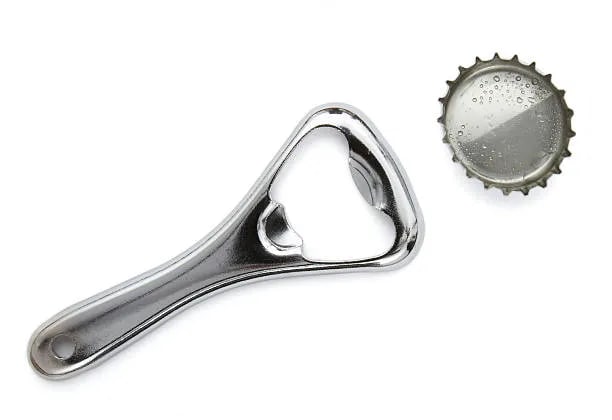
Bottle Opener: Second-Class Levers
Third-Class Lever
These are the levers where the weight is on one end of the lever, the fulcrum is at the other, and the force is applied in the middle of the lever. In this instance, we must exert more energy to move the weight to a large distance.
Example: Fishing Rod & Baseball Bat
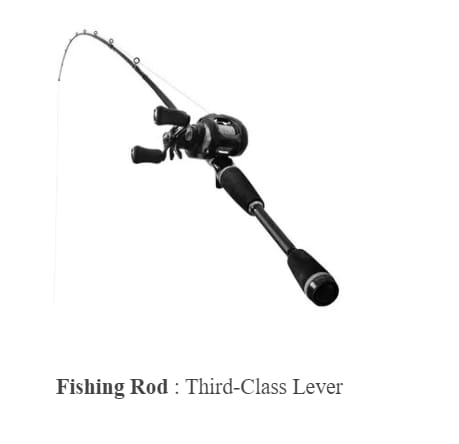
Formula for Mechanical Advantage of a Lever:
MA = Effort Arm/Load Arm
If the effort arm is longer, less force is needed to lift the load.
You may also check:
Students can also go through these related articles for their exam preparations.
- Simple Machines (Part-2): Wedges, Pulleys, Springs Explained
- Simple Machines (Part-3): Wheel-Axle, Screw & Gears
Conclusion
One can be able to understand the basic mechanics concepts through knowing some of the essential devices including the inclined plane and the lever. These technologies may seem quite simple, however, are essential for reducing costs in terms of labor and boosting efficiency. They are used widely in many daily and industrial applications and could be used to create other better quality gears. In inclined planes, levers help in productivity and efficiency in work we do.
Sample Questions
Q1: For a given lever, the effort arm is 60 cm, and the load arm is 40 cm. Find its Mechanical advantage?
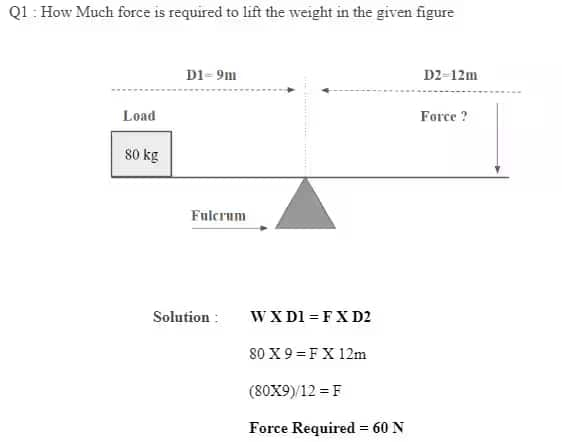
Hint : Mechanical Advantage = (Effort Arm/Load Arm)
Solution:
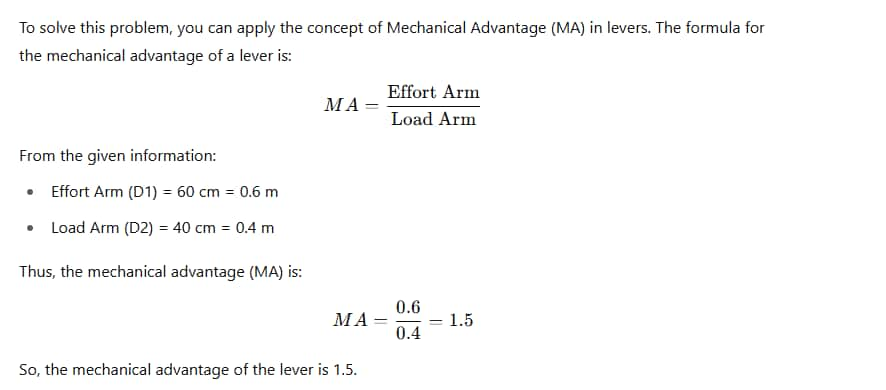
Q2: CEED -2023 ( Question on Levers and Associated Mechanical Advantage)
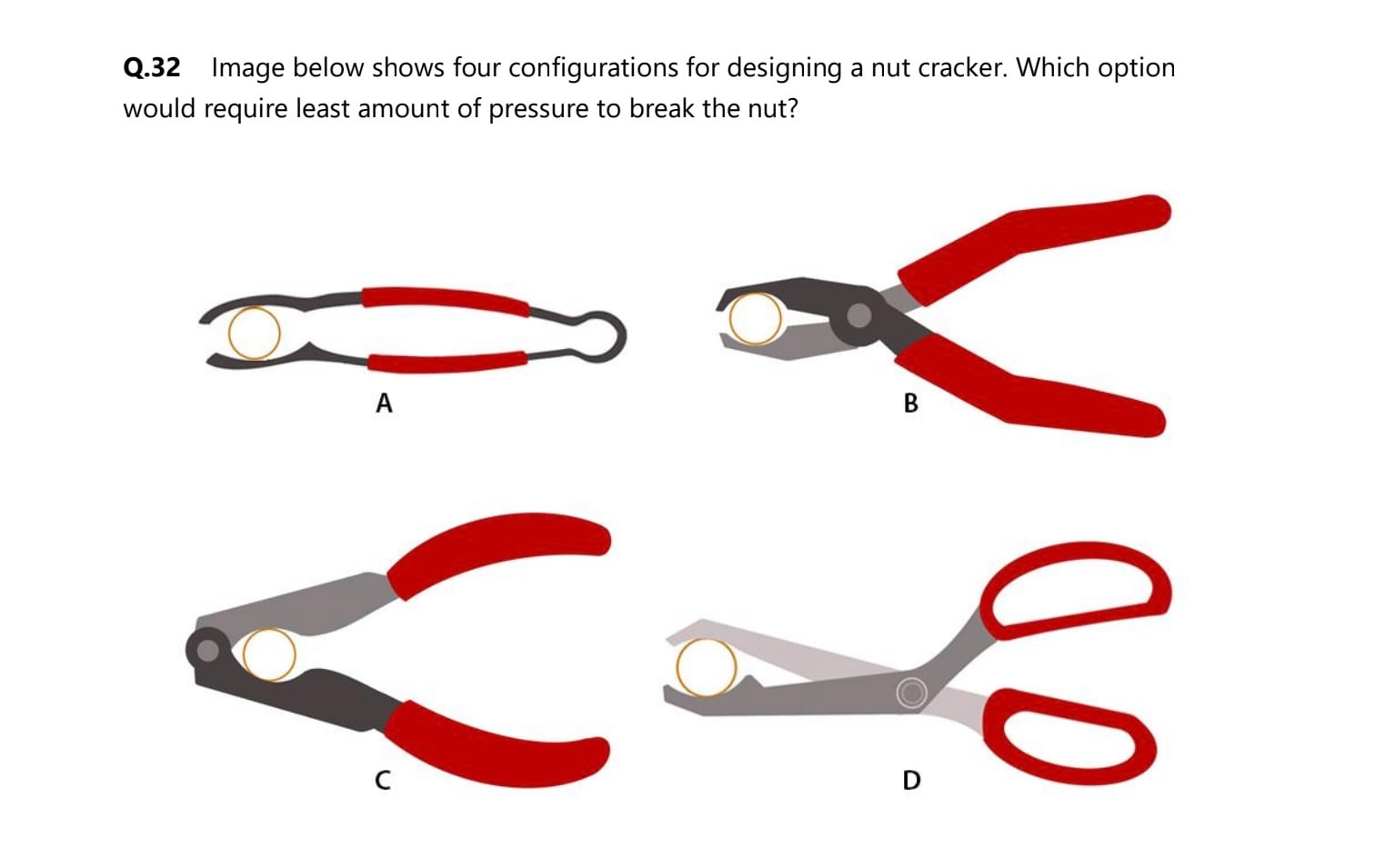
Solution:
Looking at the options:
- Option A (with the nut at the end of the lever) provides the highest mechanical advantage, as it has the longest effort arm relative to the resistance arm.
- Option B has a shorter effort arm and would require more effort to break the nut.
- Option C is similar to Option B, with a short effort arm.
- Option D is a bit more complex, but based on the design, the leverage may not be as efficient.
The correct answer is likely A, as it gives the highest mechanical advantage, resulting in the least amount of pressure to crack the nut.
Frequently Asked Questions (FAQs)
Formula for mechanical advantage for an inclined plane:
MA = Length of Inclined Plane/Height of Inclined Plane
Ramps: Frequently utilized for wheelchair access, loading docks, and furniture relocation.
Slides: Slanted planes are frequently used as playground slides, enabling kids to go swiftly from a higher elevation to a lower one.
First-class levers have the effort placed between the load and the fulcrum, second class levers, by contrast, have the load placed intermediate to the effort and the or fulcrum and third-class levers have the effort located in between the load and the fulcrum. There are dissimilarities in the types of panic with the kind of applications and configurations they possess.
Lifting an object needs less effort when using an inclined plane as the inclined plane distributes the force over length for a longer distance. And therefore, reducing the amount of force needed to achieve the exact vertical displacement as the plane.
Mechanical advantage of a lever is the two lengths from the fulcrum to the load and the effort gives the advantage as it makes it easier for small forces to lift a more oversized load.